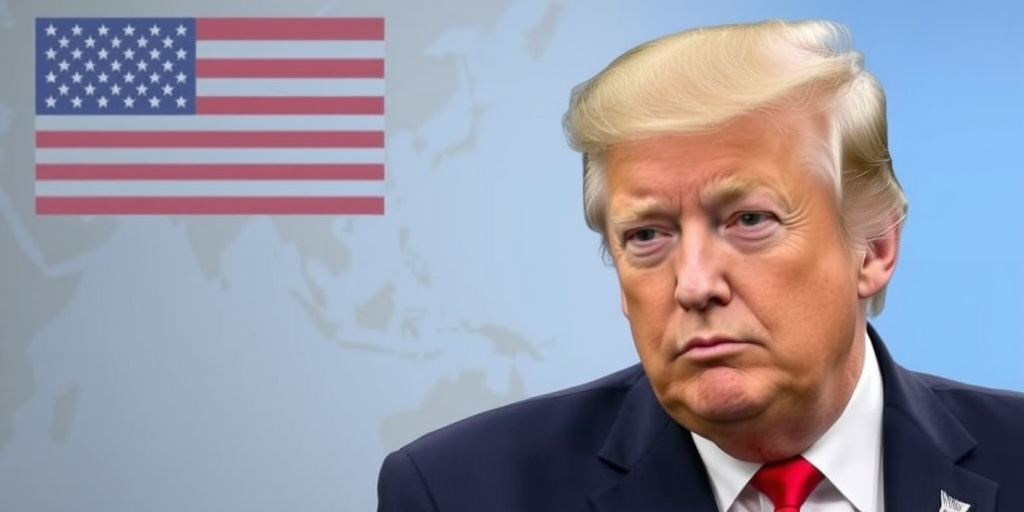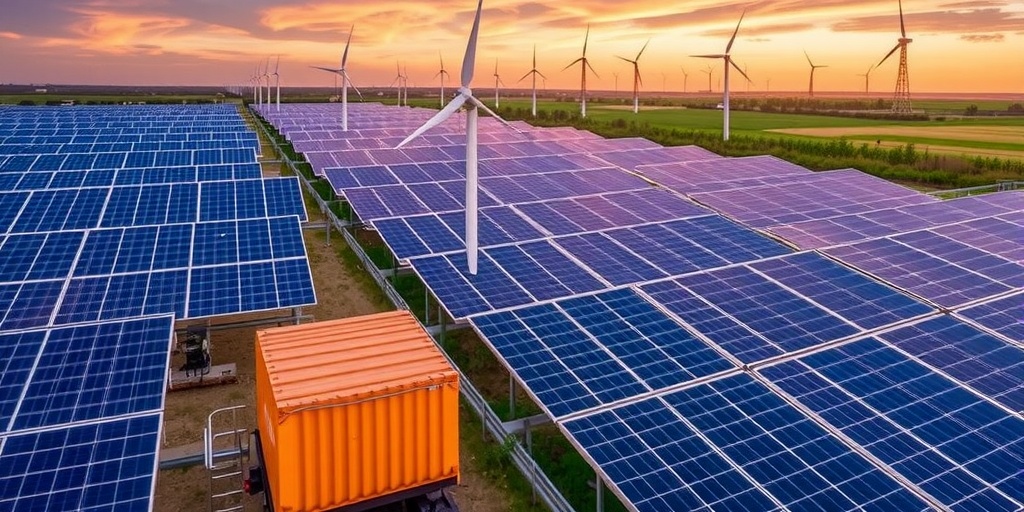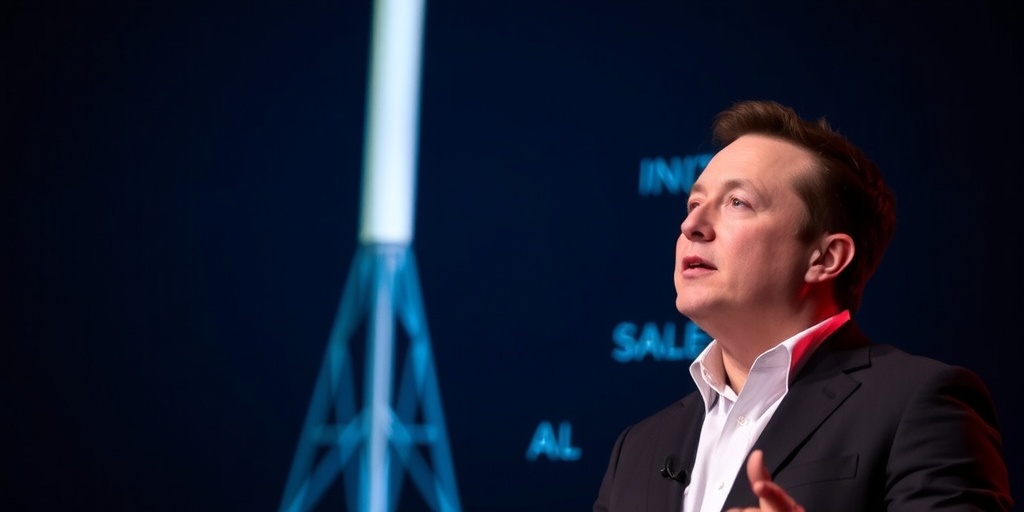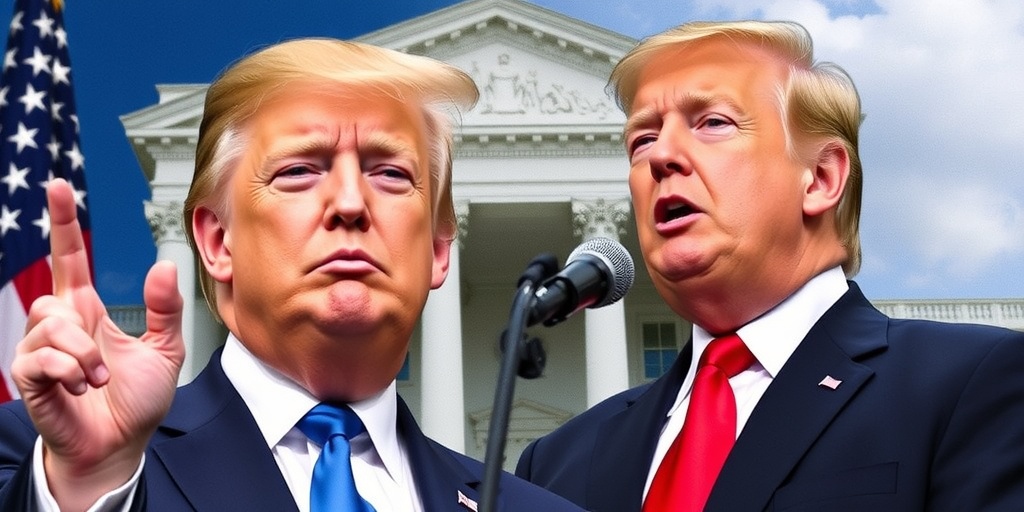Now Reading: Trump’s Next Tariffs May Target Foreign Pharmaceuticals
-
01
Trump’s Next Tariffs May Target Foreign Pharmaceuticals
Trump’s Next Tariffs May Target Foreign Pharmaceuticals

Tariffs on Pharmaceuticals: A Potential Shift in the U.S. Drug Manufacturing Landscape
On Wednesday, the pharmaceutical industry received a temporary reprieve as foreign-made medications were exempted from President Trump’s expansive new tariffs. This decision, however, is only a short-term solution, as the president has expressed his intent to impose tariffs specifically targeting pharmaceuticals in a bid to bring overseas production back to the United States. Trump has indicated these tariffs could reach 25 percent or more, prompting drug manufacturers to prepare for regulatory changes expected in the near future.
During a rally in the Rose Garden, President Trump assured that American pharmaceutical companies would return to the U.S. due to the impending tariffs. He stated, “The pharmaceutical companies are going to come roaring back, they’re coming roaring back, they’re all coming back to our country because if they don’t, they got a big tax to pay.” Yet, while some drug production remains within U.S. borders, the bulk of medications consumed by Americans are still manufactured internationally, primarily in China, India, and Europe.
The drug supply chain is intricate; there is rarely a single country involved in the manufacture of a drug. Different countries handle various stages of production—from sourcing raw materials to formulating active ingredients and finally packaging the finished product. Particularly for generic medications, which include vital drugs for chronic conditions, active ingredients are predominantly produced in regions like India and China, where manufacturing costs are significantly lower compared to the U.S.
The economic incentives for drugmakers to manufacture abroad are substantial. Experts suggest that imposing tariffs may not be enough to reverse this trend. Instead, there is a risk that these tariffs could lead to increased prices for consumers and potential shortages of certain medications, particularly generics, which account for a significant majority of prescriptions in the U.S.
The Trump administration recognizes the delicate balance it must strike—careful not to raise drug prices while promoting U.S. manufacturing. There is consideration of utilizing a national security-related legal authority, known as Section 232, to impose these tariffs. The timing of any forthcoming announcements, however, remains uncertain.
The pharmaceutical industry has actively lobbied for a gradual implementation of tariffs, seeking exemptions for critical drugs at risk of shortages. The concerns extend beyond simply rising prices; the imposition of tariffs may exacerbate existing shortages of generic medications often used in hospitals, meaning that patients may face challenges accessing affordable treatment options.
Historically, U.S. drug manufacturing peaked around 2006 when numerous popular American medications lost patent protection, giving rise to generic producers in India and China. In more recent years, the lack of production facilities for key medications within the U.S. has prompted warnings of national security vulnerabilities.
The risk of drug shortages is particularly concerning for drugs that are already hard to obtain. Erin Fox, a shortage expert, expressed worry that increased tariffs could push manufacturers of generics with slim profit margins to exit the market altogether. This is especially troubling for injectables, which carry higher production complexities and risks compared to oral medications.
Furthermore, medical device shortages could arise as manufacturers reliant on Chinese imports for devices like syringes and blood pressure cuffs may face challenges, complicating hospital operations and emergency care.
As the pharmaceutical landscape evolves, Americans need to be aware of which drugs may experience price increases or become less accessible. The anticipated economic shockwaves from tariffs could lead to heightened insurance premiums or increased out-of-pocket costs for consumers. If generic drugs—typically sold at lower prices—become limited due to tariffs, patients may be compelled to switch to pricier alternatives, further burdening their finances.
Trump’s administration has touted efforts to entice drug companies back to U.S. soil. Leading manufacturers like Eli Lilly and Johnson & Johnson have announced plans to invest billions in creating new U.S. production facilities. However, there are questions as to whether this response will be sufficient. Most larger pharmaceutical companies have the resources to adapt, while generic firms may struggle under the new conditions.
Analysts indicate that while some American facilities exist to handle the manufacturing of active ingredients, moving significant portions of production back to the U.S. would require years and substantial investments. Additionally, strict regulatory measures could hinder the production of drugs that generate considerable waste.
For consumers wishing to determine where their medications are produced, the task can be daunting. Drug packaging occasionally lists the location of manufacture, but this information can be misleading. A product labeled as made in New Jersey may have components sourced from other countries, leaving patients uncertain about their medications’ origins.
In summary, the proposed tariffs on pharmaceuticals may present a significant challenge to the U.S. drug supply chain. While the administration insists that these measures will bolster domestic production, the potential consequences on pricing, accessibility, and shortages must be carefully assessed to protect American patients effectively.
Stay Informed With the Latest & Most Important News
Previous Post
Next Post
-
 01New technology breakthrough has everyone talking right now
01New technology breakthrough has everyone talking right now -
 02Unbelievable life hack everyone needs to try today
02Unbelievable life hack everyone needs to try today -
 03Fascinating discovery found buried deep beneath the ocean
03Fascinating discovery found buried deep beneath the ocean -
 04Man invents genius device that solves everyday problems
04Man invents genius device that solves everyday problems -
 05Shocking discovery that changes what we know forever
05Shocking discovery that changes what we know forever -
 06Internet goes wild over celebrity’s unexpected fashion choice
06Internet goes wild over celebrity’s unexpected fashion choice -
 07Rare animal sighting stuns scientists and wildlife lovers
07Rare animal sighting stuns scientists and wildlife lovers





















